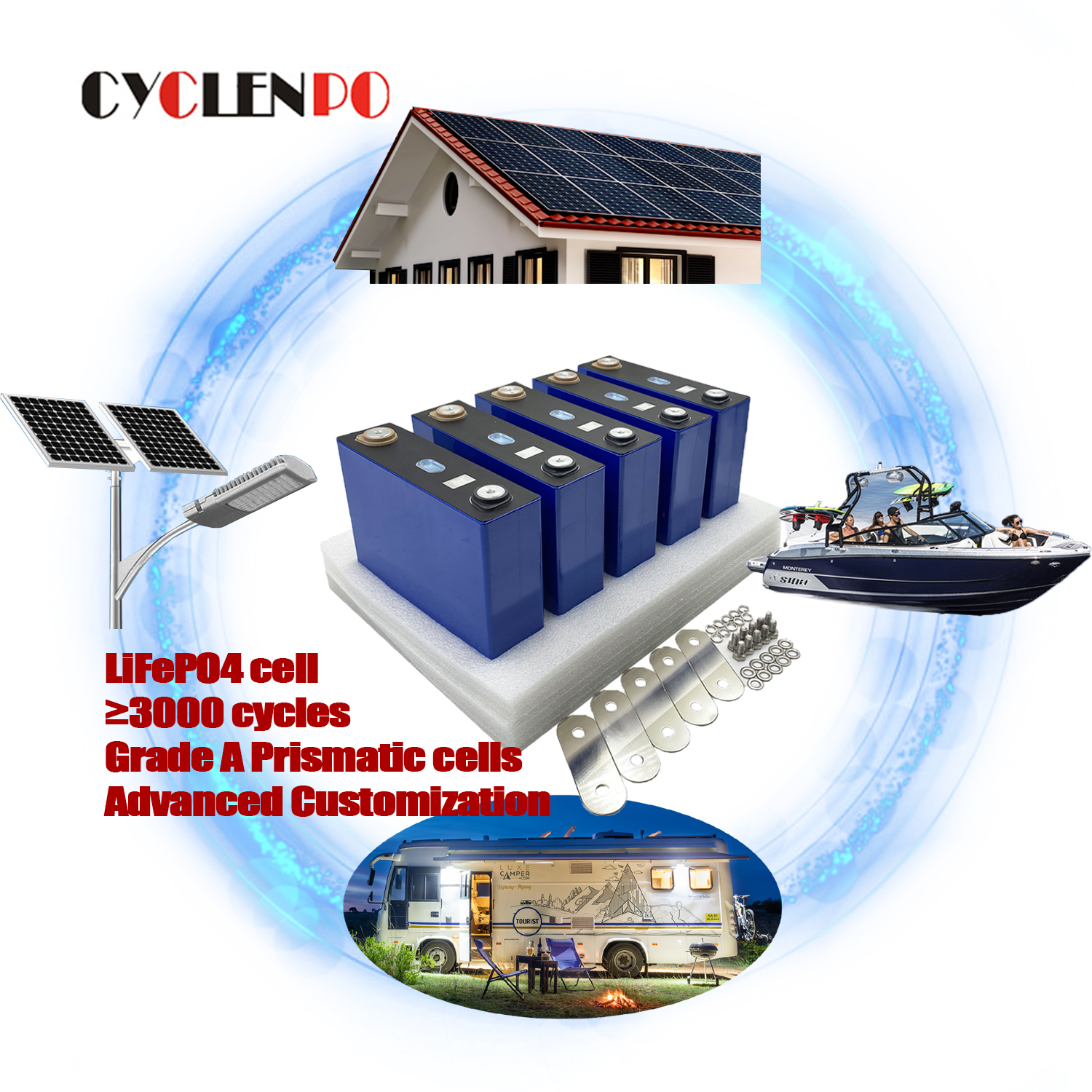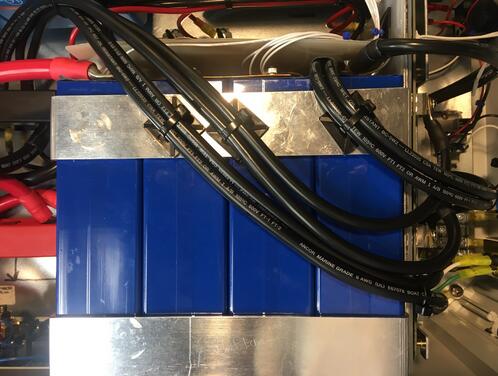Introduced in the early 1990s, the modern prismatic cell satisfies the demand for thinner sizes. Wrapped in elegant packages resembling a box of chewing gum or a small chocolate bar, prismatic cells make optimal use of space by using the layered approach.

Prismatic cells are also available in large formats. Packaged in welded aluminum housings, the cells deliver capacities of 20–50Ah and are primarily used for electric powertrains in hybrid and electric vehicles. Figure 5 shows the prismatic cell.
Cross-section of a prismatic cell.
The prismatic cell improves space utilization and allows flexible design but it can be more expensive to manufacture, less efficient in thermal management, and have a shorter cycle life than the cylindrical design. Allow for some swelling.

Prismatic cells are encased in aluminum or steel for stability. Jelly-rolled or stacked, the cell is space-efficient but can be costlier to manufacture than the cylindrical cell. Modern prismatic cells are used in the electric powertrain and energy storage systems